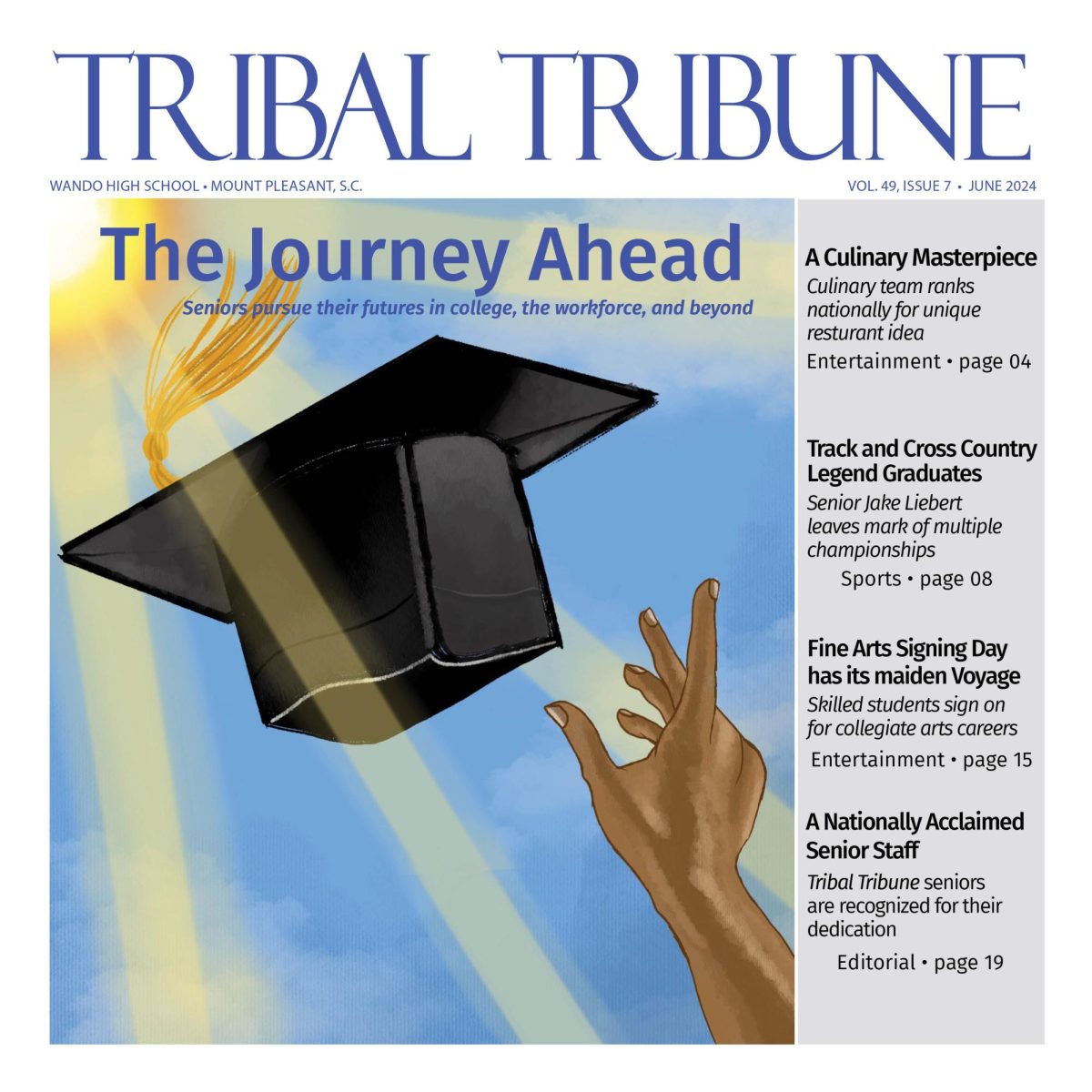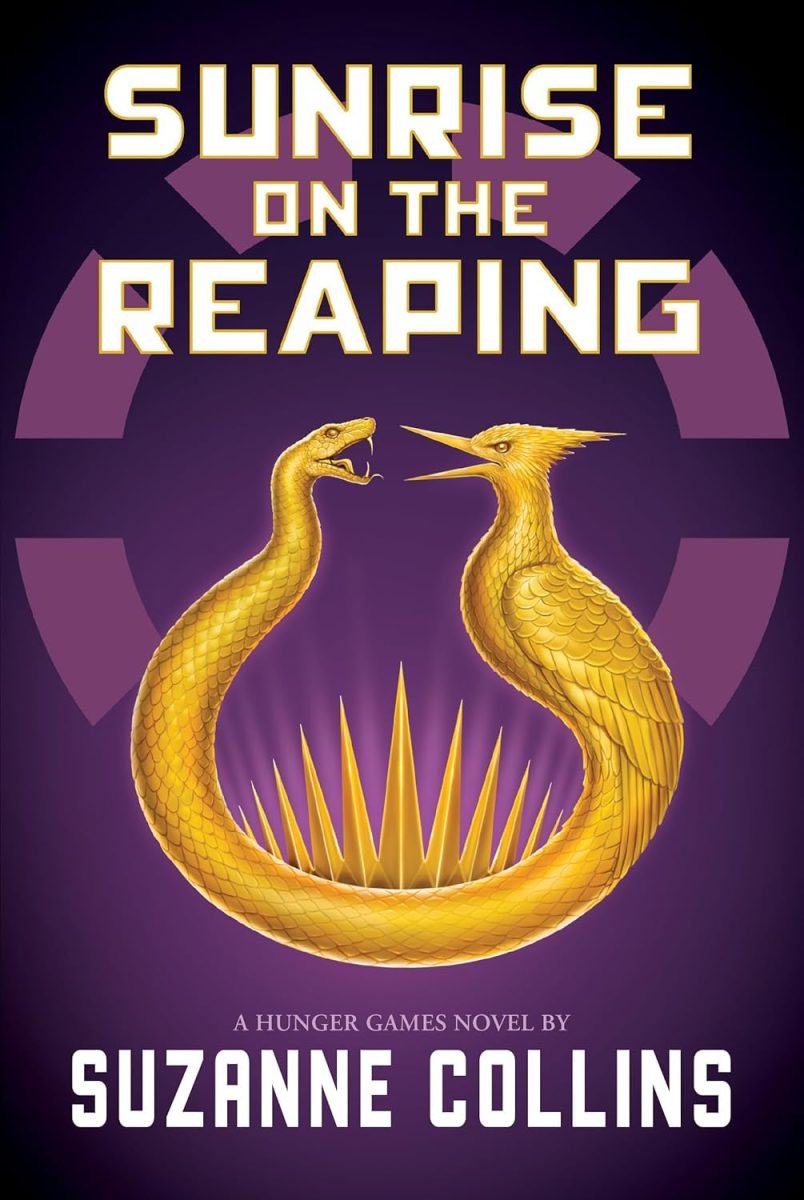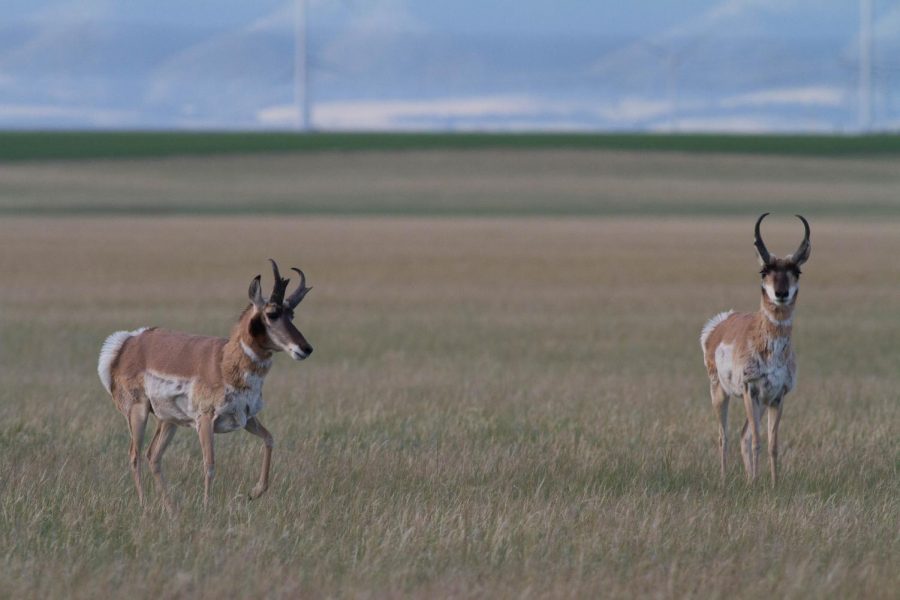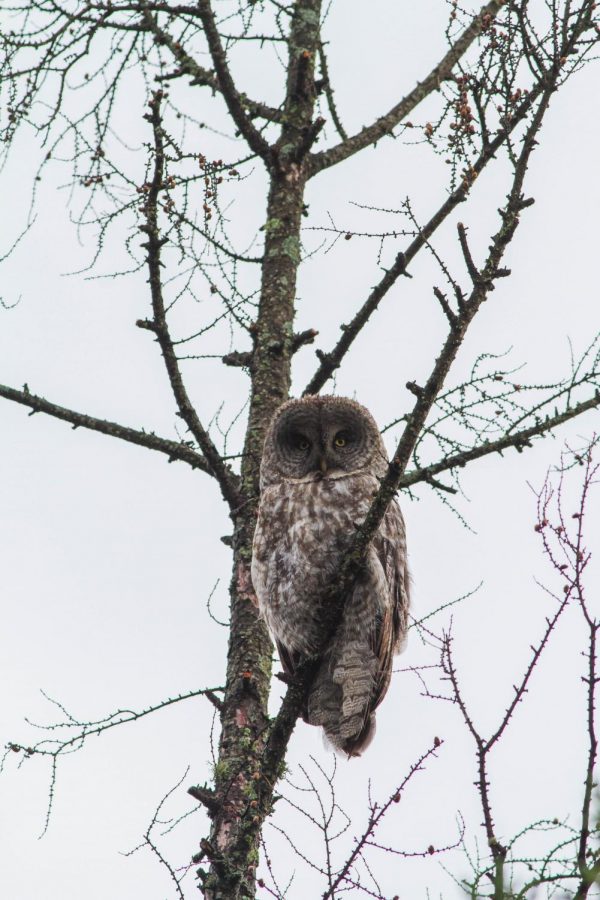Wings Over the West
Pronghorn are very common throughout the prairie, but are threatened by the rise of barbed wire fences on ranches. Pronghorn evolved alongside the now-extinct North American Cheetah, and evolved to run extremely fast rather than jump very high. These two males were foraging in the prairies in Wheatland co., MT on 23 June 2017.
February 20, 2018
About 2,165 miles away from home, my friend Matt Janson and I stood waiting silently, patiently listening for the soft buzzy song of today’s target bird.
This particular bird had brought us just north of the miniscule town of Whitewater, Montana (population 64), a mere 15 miles from the Canadian border, staring into the shortgrass prairie and 180-degree skies characteristic of the “Treasure State.”
And that was exactly what we were looking for: treasure.
Early morning in mid-June, Matt and I departed on what would be our furthest self-guided birding trip. In what would be more than a 6,000 mile round trip, we looked to find as many birds as possible in the 16 days we had to roam around the country on a meticulously detailed road trip we had been planning for months.
On this particular day we had beaten the sun to rise and departed from last night’s rest-stop: a small bison farm in Hazen, N. D., run by some distant relative of mine who said we could stay the night so long as we helped shuck the corn for dinner.
The road to the “X” that marked the spot was a long one. We drove for hours, in awe of the emptiness of the looming horizon. The herds of Pronghorn and Bison outnumbered cars that day; we set the car on cruise control for six hours and hardly touched the brake.
Today’s treasure was none other than the Baird’s Sparrow;: a small, nondescript, brown bird of less than five inches long. This seemingly boring bird is actually one of the most sought after in the country. Baird’s Sparrows breed in only the most unpopulated parts of the country (mainly North Dakota and Montana) in extremely endangered habitat, and fly thousands of miles every year to winter in northern Mexico.
The soft, rolling hills that surrounded us softened the otherwise unchallenged winds so that the grasses of the prairies ever so softly brushed together, singing a song similar to that of our Baird’s Sparrow.
I’ve adjusted my ears to listen for the soft whisper of the Baird’s Sparrow. I can faintly hear one singing about 20 feet in front of me. With a barbed wire fence between myself and the bird my hopes of seeing the bird dropped.
To my surprise, I watched as a mouselike shadow darted towards me through the billowing prairie grass, whispering its jingling song. I waved over Matt and intently we looked on as one of America’s most secretive songbirds continued with its mundane life.
We remained silent as the bird inched closer and closer towards us until it landed right in the middle of the rarely traversed gravel road we had taken out to this treasure spot.
For what seemed like an eternity, the sparrow sat in the road, looking right back at us with as much awe and fascination as we were at it. There is a good chance we were the first humans that bird had ever seen.
After about five seconds I guess the bird had had enough of us and quietly flew back into the murmuring prairie hills just as casually as it had appeared.
And just like that, we had found our treasure.
Matt and I drove for hundreds of hours down thousands of miles of roads that trip, but I’ll never forget the drive back down the road from finding our treasure. With the sun setting down on the western horizon, blaring the Grateful Dead’s American Beauty, the sweet, warm prairie breeze running through the windows as our hearts continued to race from the adrenaline still pumping through our veins.
Yes, we had found our treasure all right.












































